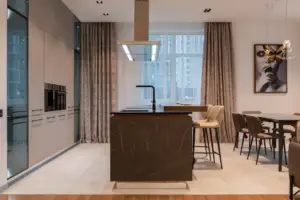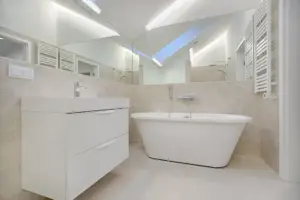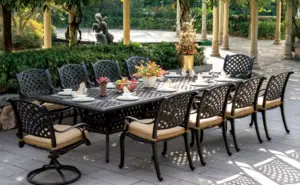By George House/16,July,2025
A basement is actually the lowest level of a house, usually located beneath the ground level. As with other parts of the house, the basement is also usable as an extra room, such as a family lounge, home office, or workout area, since these areas are much cooler and quieter compared to other parts of the house.
In this guide, we will tackle everything, starting with your layout sketch to style selection, and basement renovation ideas. So, keep learning!
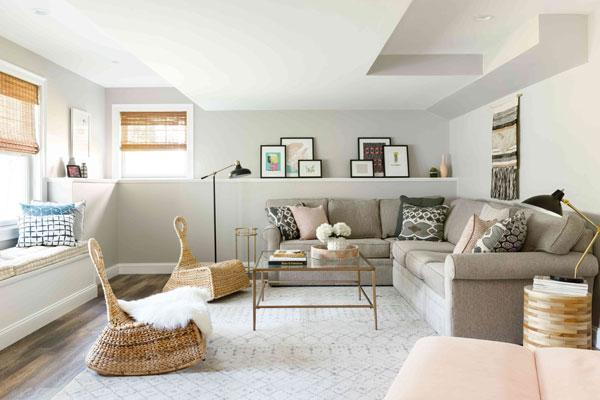
1) Planning Your Basement Designs
Examining the structure and layout is the first step in designing a basement. Measure the entire space, including the height of the ceiling as well as pipes and beams. These measurements will provide you with usable space.
Next, solve for moisture issues in basements. By nature, basements are below the ground; thus, water can seep through the walls or floors. That’s why you should consider using adequate waterproof coatings, drainage systems, and damp-resistant materials to mitigate these issues.
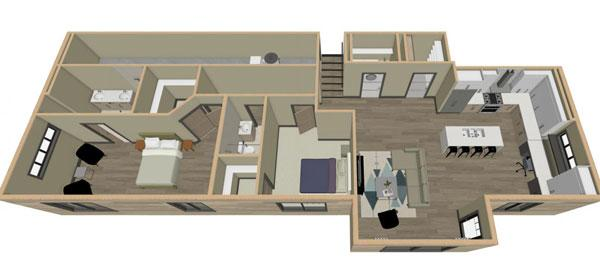
Also, set a budget and timeline. Document your planned spending as well as the time allocated to the project. This recorded focus is especially handy in retaining order while eliminating surprise costs due to disorganization later on.
2) Popular & Modern Basement Design Themes
Now, you have planned the basement design, the very next step will be selecting design themes. This is because the theme adds cohesiveness to the basement so it does not feel entirely separate from the home.
Modern minimalist style: To begin with, Modern Minimalist style concentrates on a clean aesthetic, employing simple furniture and straight-lined designs, complemented by muted colors like white and grey. This gives small spaces a fresh, organized impression.
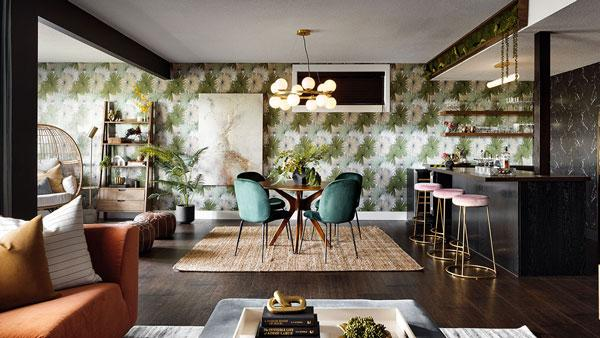
Rustic or Industrial Style: Moreover, rustic or Industrial Style focuses on wood, brick, and metal. It will warm up your space in a bold yet rustic way. It combines rustic and industrial design elements for a balanced, harmonious appearance.
Cozy & Traditional theme: Also, if you want to achieve a classic but warmly welcoming look, then Cozy & Traditional is the right choice. To create the most inviting, homey spaces, wooden furniture, warm color palettes, combined with gentle light, will evoke a soft feeling while still looking stylish.
Scandinavian style: The last is also well-known, which is Scandinavian style. These spaces are light and open; hence, full of light. Its feature includes light wood, white walls, and simple furniture. It also calms and reflects light, which is ideal for basements.
Understanding the styles should be the first step if we are about to start a basement remodeling journey.
3) Functional Basement Transformations: Cool Basement Ideas
A basement can be utilized in many different ways. Let’s take a look at some of the modern basement ideas.
i) Living room or lounge
A basement lounge offers the utmost comfort, with relaxing couches, soft rugs, and gentle lighting. Books and games add character to Luxe lounges, too. Moreover, thick rugs along with sound-absorbing ceiling panels will help to reduce noise.
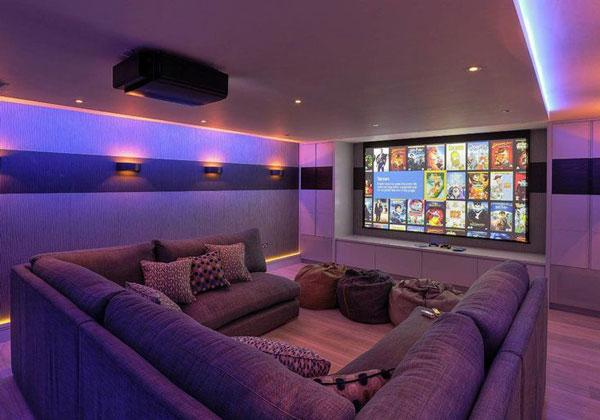
ii) Home theater
Home movie theaters are best located in quiet and dark places, making basements a preferable location. For the projector screen layout, you can include reclining chairs and speakers. To further enhance the experience, you can also install sound-dampening panels, adjustable light fixtures, and dimmable lights.
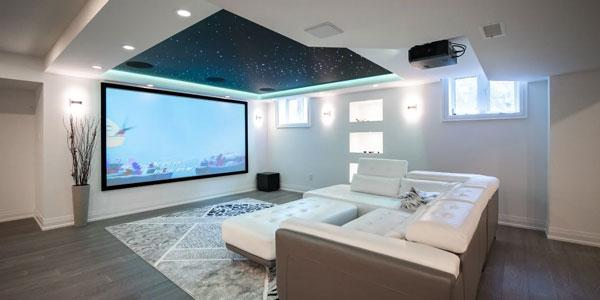
iii) Guest Bedroom or Suite
In terms of safety, consider adding a guest bedroom first. Always incorporate an egress window, as there needs to be a way out in case of emergencies. For a calming and welcoming space, opt for soft light fixtures and neutral-toned palettes. If space permits, a small closet or bathroom can be incorporated, too.
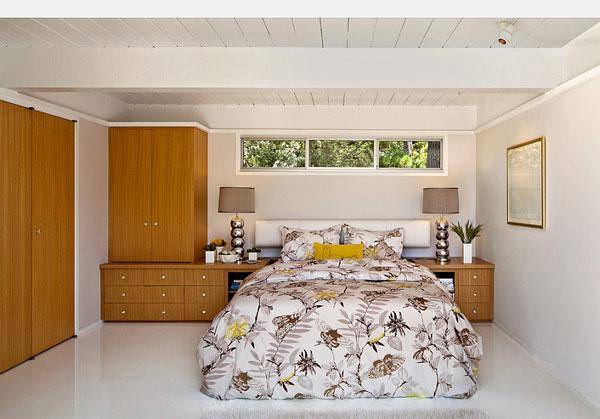
iv) Home Office or Study Room
The basement is a quiet place to concentrate, making it ideal for studying; prop a desk by a window or invest in bright desk lamps if the budget permits. Use organized boxes and shelves for additional storage, providing a tidy environment.
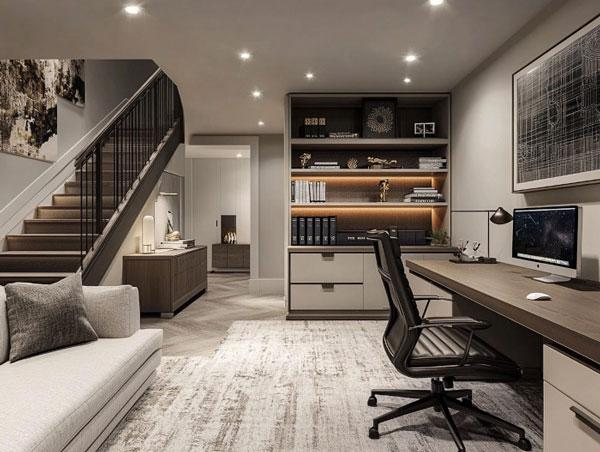
All these ideas for basements can be combined into one design to create a shared multi-purpose space suited for the entire family.
4) Activity and Hobby Zones
Not only can basements be places of work and relaxation, but they can also be fun areas for exercising and pursuing other hobbies. With the right materials and a thoughtful design, leisure activities can be taken upstairs without interrupting the other parts of the house.
i) Game Room:
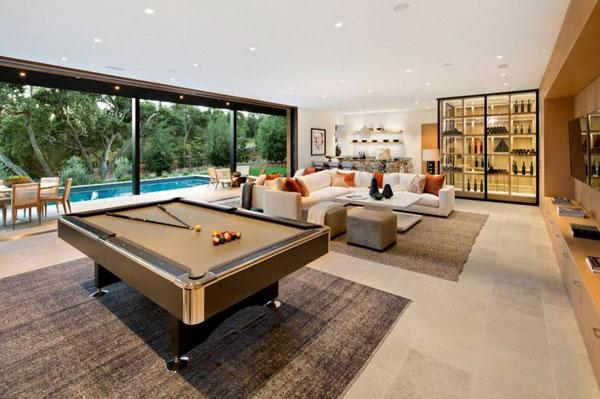
People who enjoy games will always love basements. You can get a ping pong or pool table, or even a video game console. However, make sure that the flooring is solid enough to bear the weight of heavy items.
You can also install shelves and cabinets where you keep the board games and controllers, ensuring everything is labeled for convenient retrieval.
ii) Home Gym or Yoga Studio:
A cool and quiet space is great for physical exercises, which is why fitness buffs can appreciate these areas. That’s why you should think about incorporating padded floors for yoga as well as rubber flooring, both of which are gentle on the joints and equipment.
If you are doing yoga, a wall mirror is necessary for posture correction, so hang one. Circulation of air can be improved with the addition of a small window or a fan, which is important to promote fresh air.
Lastly, effective illumination while exercising is essential so that energy levels can be abundant even while ensuring safety during workouts.
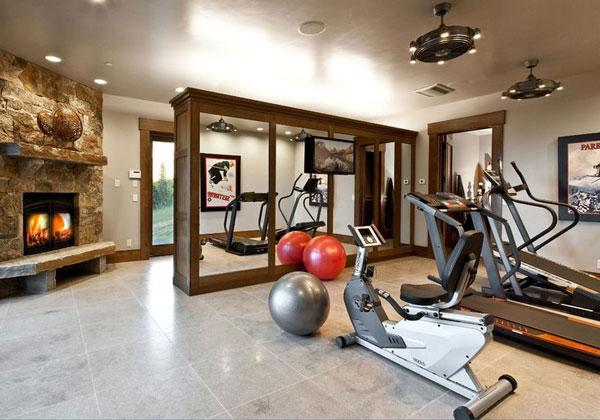
iii) Craft or Art Studio:
As a hobby, painting or crafting can be done in the comfort of your own home by turning a section of the basement into a studio. Make sure the lights are positioned so you can see different paints clearly.
Also, you need to install a large table as well as storage drawers for supplies, so you can organize the materials.
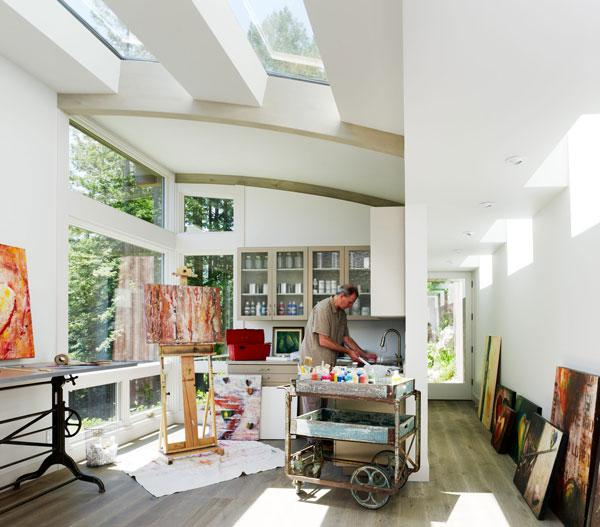
Thus, a well-organized basement can foster creativity and promote wellness for the entire family with only a few thoughtful adjustments.
5) Creative Kids’ Spaces
Above all, your children’s creativity and learning can now blossom as they explore design concepts in the comfort and safety of the basement. Both fun and practical are on the checklist.
- Ensure that the space has soft flooring like rugs or foam mats to cushion falls.
- Associate furniture and walls with bright, cheerful colors to maintain excitement.
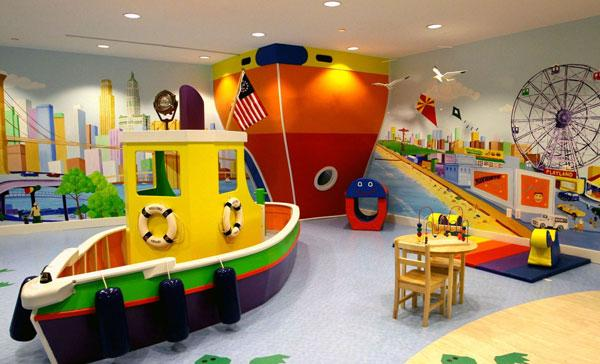
- Soft lighting is a nice addition too, as it brightens the room and keeps it welcoming.
- Also, prioritize space safety. Cover all sharp edges, secure shelves to the wall, and use non-toxic paints.
- Concept walls, such as a reading corner or even an indoor slide, are great ways to spark physical activity and children’s imaginations.
6) Basement Storage Solutions
Even if the basement serves as a living space, efficient storage is always necessary. Implementing a good system will help streamline the organization and minimize the mess around the house.
a) Use vertical space: Tall shelves or cabinets are a great way to create more floor space. Also, building under-stair storage with drawers or cubbies is a great way to utilize often unused space.
b) Choose plastic storage bins with tight lids: For items that need to be stored for a long time, go for plastic storage bins with tight lids. These bins protect against moisture and dust. Gear and tools can be stored behind wall-mounted hooks or pegboards that provide easy access and visibility.
c) Separation of strage areas by use: It is helpful to separate storage areas by use, like holiday decor, sports gear, and tools kept in designated areas. Labeling each box or bin aids in quickly locating items, streamlining access.
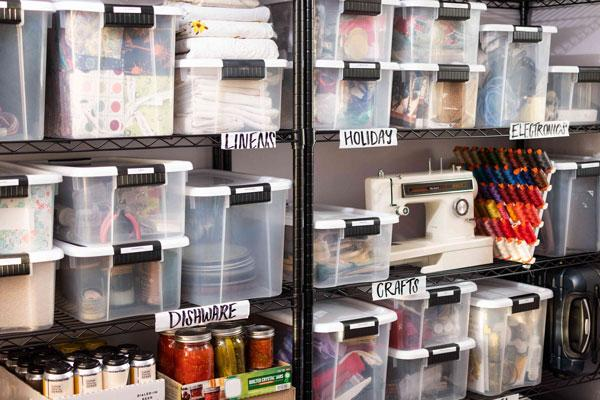
An organized storage system won’t just keep your basement tidy, it will also streamline the areas of rest in your house, making it feel roomy and less stressful.
7) Final Remarks
As a final point, I would say that there are several factors to take into account with respect to planning a basement design, but the result certainly justifies the effort. Whether you want to set up a gym, playroom, or even an office, this lower segment of your home is buzzing with potential waiting to be tapped into.

